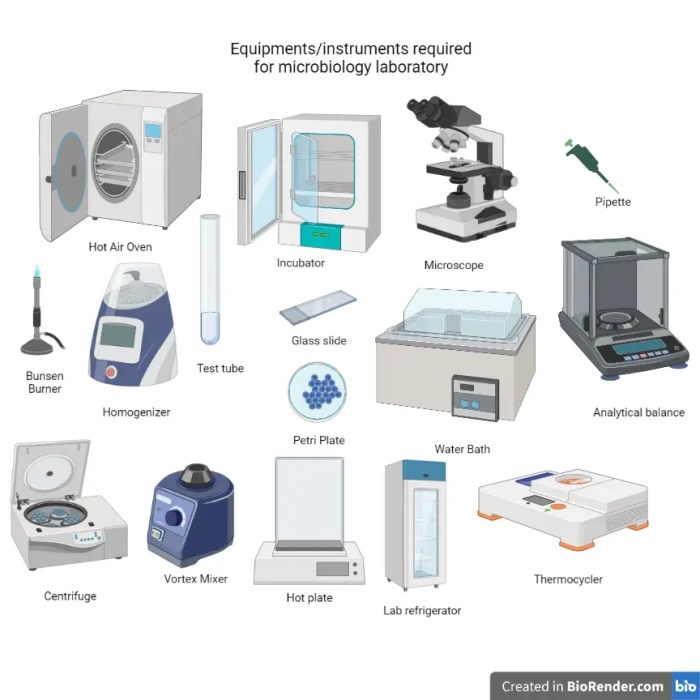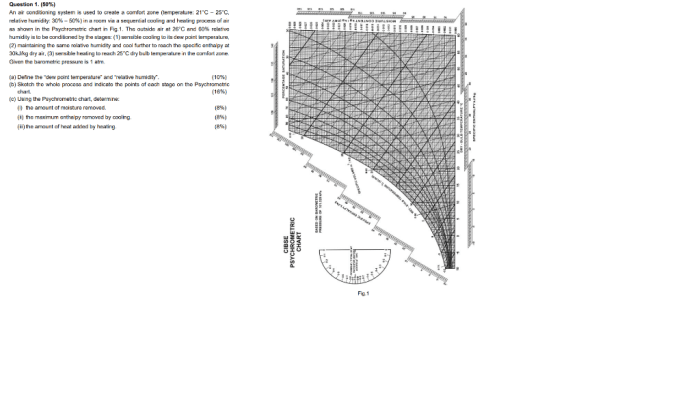Meter functions commonly used for air conditioning troubleshooting include temperature measurements, pressure measurements, electrical measurements, refrigerant measurements, visual inspections, error codes, and diagnostics. These functions are essential for identifying and resolving issues within air conditioning systems, ensuring optimal performance and comfort.
Temperature measurements involve using thermometers or temperature sensors to assess the temperature of various components within the AC system. This helps identify issues such as refrigerant leaks, airflow problems, or compressor malfunctions.
Meter Functions Commonly Used for Air Conditioning Troubleshooting

Air conditioning (AC) systems are complex and can experience a variety of problems that require troubleshooting. Technicians use various meter functions to diagnose and resolve these issues, including:
Temperature Measurements
Temperature measurements are crucial in AC troubleshooting as they provide insights into the system’s performance. Different types of temperature sensors are used, such as thermocouples and thermistors, which measure the temperature of air, refrigerant, and other components.
- Identifying refrigerant leaks: Abnormally low temperatures in the evaporator coil can indicate refrigerant loss.
- Diagnosing compressor problems: High temperatures in the compressor discharge line may suggest a faulty compressor.
Pressure Measurements
Pressure measurements are essential for evaluating the refrigerant charge and the performance of the compressor. Different types of pressure gauges are used, including high- and low-pressure gauges.
- Checking refrigerant charge: Pressure measurements help determine if the system has the correct amount of refrigerant.
- Identifying compressor issues: Low suction pressure may indicate a clogged filter or a weak compressor.
Electrical Measurements
Electrical measurements are vital for diagnosing electrical faults in AC systems. Different types of electrical meters are used, such as multimeters and ammeters.
- Checking power supply: Measuring voltage and current ensures that the system is receiving adequate power.
- Identifying motor problems: Measuring resistance and continuity can help diagnose faulty motors or wiring.
Refrigerant Measurements
Refrigerant measurements are essential for evaluating the refrigerant charge and identifying leaks. Different methods are used, including sight glasses, pressure gauges, and refrigerant analyzers.
- Checking refrigerant charge: Sight glasses allow technicians to visually inspect the refrigerant flow and detect any bubbles.
- Diagnosing refrigerant leaks: Refrigerant analyzers can detect the presence of refrigerant leaks.
Visual Inspections
Visual inspections are often overlooked but can provide valuable insights into AC system problems. Technicians inspect various components, including coils, filters, and wiring.
- Identifying dirty coils: Clogged coils can reduce airflow and affect system efficiency.
- Detecting loose wiring: Loose connections can lead to electrical problems and system failures.
Error Codes and Diagnostics, Meter functions commonly used for air conditioning troubleshooting include
Modern AC systems often have built-in diagnostics and error codes that can assist in troubleshooting. These codes provide specific information about the problem, making it easier to identify and resolve.
- Interpreting error codes: Error codes can indicate specific component failures or system malfunctions.
- Resetting error codes: Once the problem is resolved, error codes can be reset to clear the system.
Questions Often Asked: Meter Functions Commonly Used For Air Conditioning Troubleshooting Include
What are the most common meter functions used in air conditioning troubleshooting?
Temperature measurements, pressure measurements, electrical measurements, refrigerant measurements, and visual inspections are the most commonly used meter functions.
How can temperature measurements help troubleshoot air conditioning issues?
Temperature measurements can identify refrigerant leaks, airflow problems, or compressor malfunctions.
What is the purpose of pressure measurements in air conditioning troubleshooting?
Pressure measurements help diagnose issues related to refrigerant levels, leaks, or compressor performance.

